
A region is only as strong as the communities within it. This is the central truth behind Once and for All—Beyond Housing’s effort to create a stronger St. Louis region by strengthening the many historically under-resourced communities within North St. Louis County.
The effort is also based on a proven, innovative model for creating real change based on research, data, and learnings from national thought leaders as well as Beyond Housing’s work in transforming the 24:1 Community—an area comprised of multiple municipalities within the Normandy school district footprint.
This commitment to research and a strategic approach is further exemplified in a new municipal land use plan—the 24:1 Land Use and Economic Development Plan.
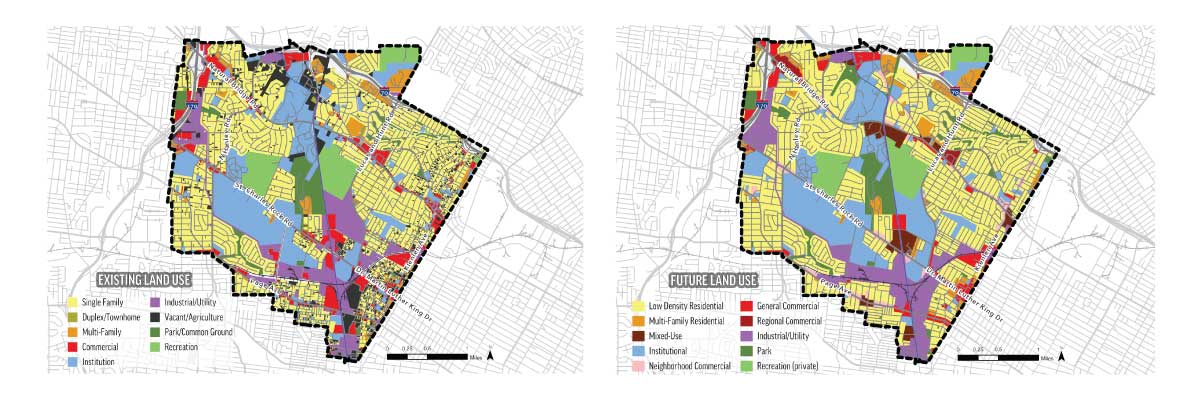
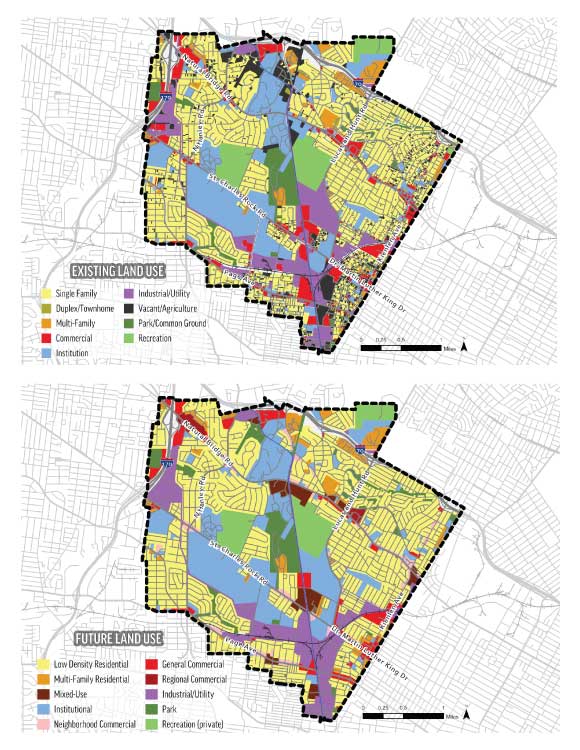
The plan is remarkable is several ways. One is the productive collaboration among municipal governments and residents of 23 separate municipalities who united around a shared vision for their communities—a rarity in the St. Louis region which many are describing as “unprecedented.”
“It’s not typical that communities coordinate on things like this,” aid Catherine Hamacher, Senior Project Manager at PGAV Planners, the company that guided the year-long process of developing the document.“It’s an amazing accomplishment.”
The plan is also remarkable because of the sheer level of excitement and optimism it has generated.
Missouri requires all of its communities to have an approved land use plan that lays out their vision for how physical and economic development should happen. The goal is to implement the plan through planning and zoning decisions in intentional ways that improve residents’ quality of life. Most municipal land use plans are conventional and standard—and not something the average resident pays much attention to. All too often, these plans also sit unused, and communities don’t reap the benefits of a well-designed and executed blueprint. What has excited residents and local leaders alike is the many development opportunities the plan has identified—from restaurants to even car dealerships—as well as the demographic and market analysis showing why these developments are sound economic investments.
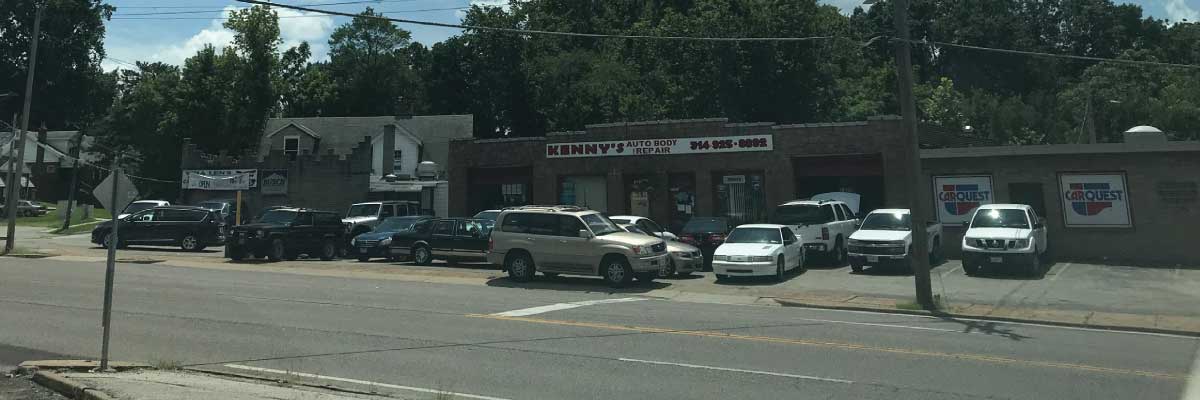
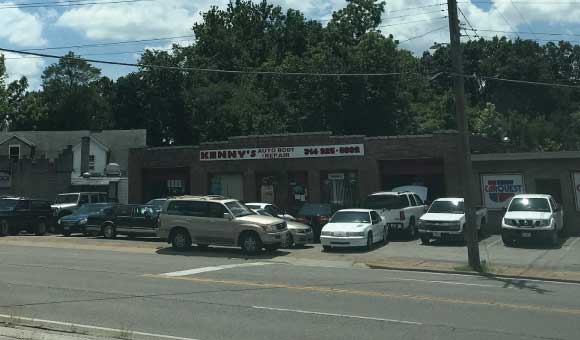
To Hamacher, the most exciting finding was that “the vast majority of things in the market analysis supported what people told us over and over and over again.” For example, people knew there were not enough sit-down restaurant to meet the local demand. They knew there were entertainment and shopping dollars to be spent—and that people were yearning to spend them in their own neighborhoods.
“Transforming our historically under-resourced communities to build a stronger, more equitable, and prosperous St. Louis region for all has many moving parts—like Carter Commons,” said President and CEO of Beyond Housing Chris Krehmeyer, citing a recently opened $6.5 million commercial building in Pagedale which Beyond Housing facilitated. “They are the fabric of a successful place.”
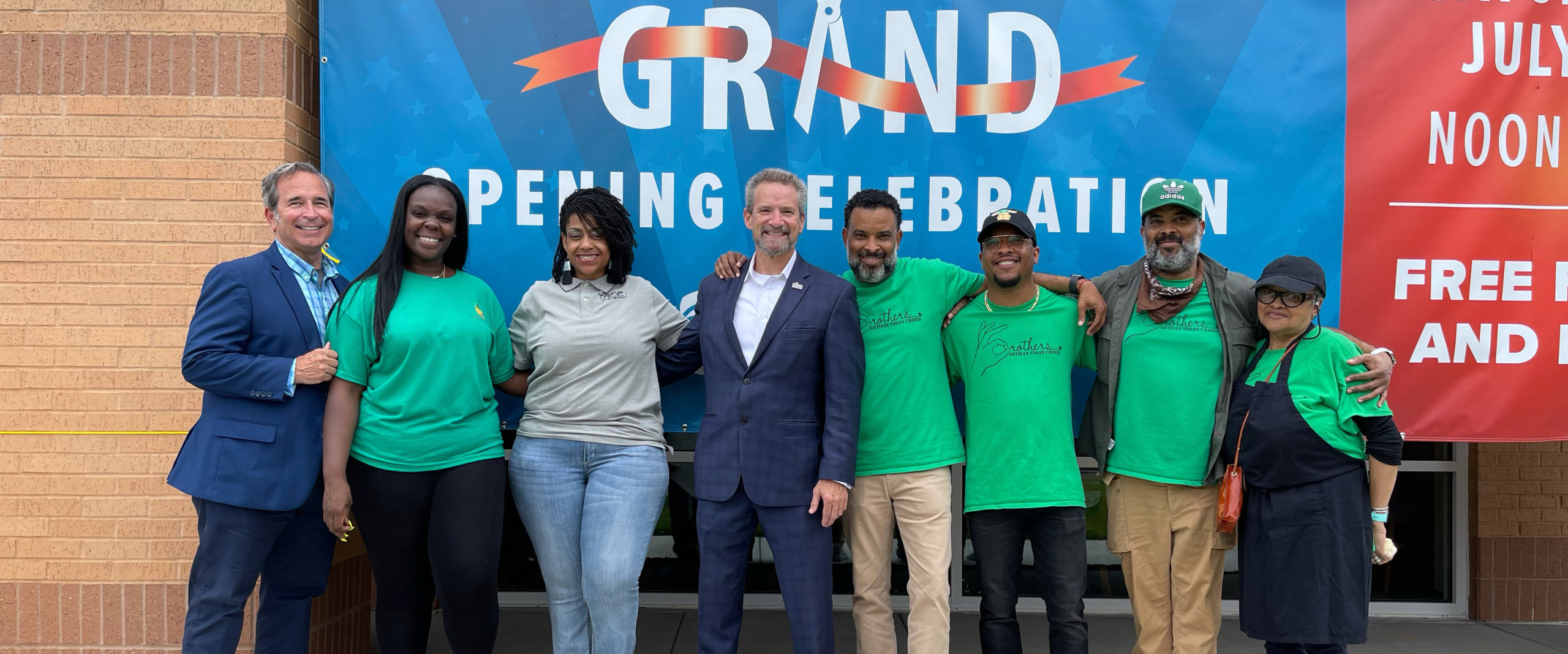
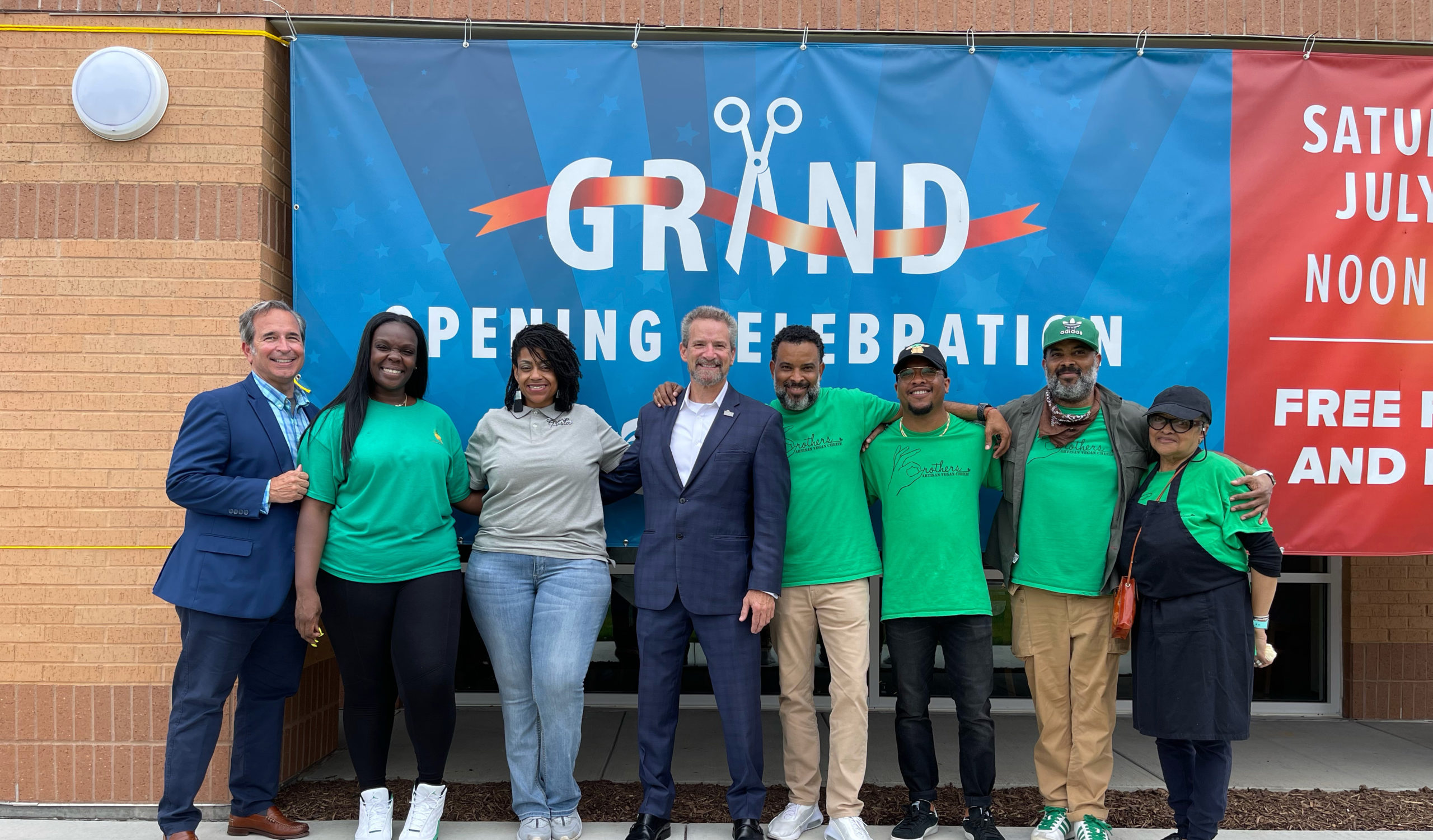
One of the biggest surprises for Chris Krehmeyer—whose nonprofit will help lead the implementation phase—was the amount of unmet demand within the 24:1 footprint for high-end items like new cars. He’ll be looking for ways to meet that demand by attracting an automotive dealership, among many other types of retail businesses.
Finding common ground has been historically uncommon between parts of the St. Louis region as well as neighboring communities.
While the subject of mergers remains highly controversial in St. Louis, the collaboration within the 24:1 Community creates a new precedent and example of what can be achieved if the St. Louis region can unite—in a more meaningful way versus contractual—to address our common challenges, once and for all.
What sets the 24:1 Community apart is its elected leaders’ belief that they can bring the most benefit to their residents by working together. “People have rallied around a picture of what the future could be,” said Krehmeyer. “Being willing to collaborate and agree on one plan for everyone is a testament to the strength of the 24:1 Community.”
“Folks were excited to hear that there was collaboration and intentional planning happening in this part of St. Louis County,” said Hamacher, a native St. Louisan with extensive urban and strategic planning experience. “It’s a sign of progress in this part of the metro area.”
She pointed out that the 24:1 Community has existed for more than a decade now, and “this is a very concrete commitment to that collaboration.” Krehmeyer agreed. “In the past 5 or 10 years, people started buying into the idea of collaboration and seeing the value in working together,” he said. “Bringing separate communities together to work for the common good doesn’t happen often. There’s much more conversation about individual wants.”
Beyond Housing is a longtime advocate for collaboration among the municipalities, organizations, businesses, and individuals within the Normandy Schools Collaborative footprint. Its comprehensive model for community development places a strong emphasis on partnership and an equally strong emphasis on honoring the voices of local residents. It calls this approach Ask, Align, Act.
During the initial phase of PGAV’s work, Hamacher focused on public engagement in order to better understand residents’ views as well meeting with individual governments and larger organizations like the 24:1 Municipal Partnership.
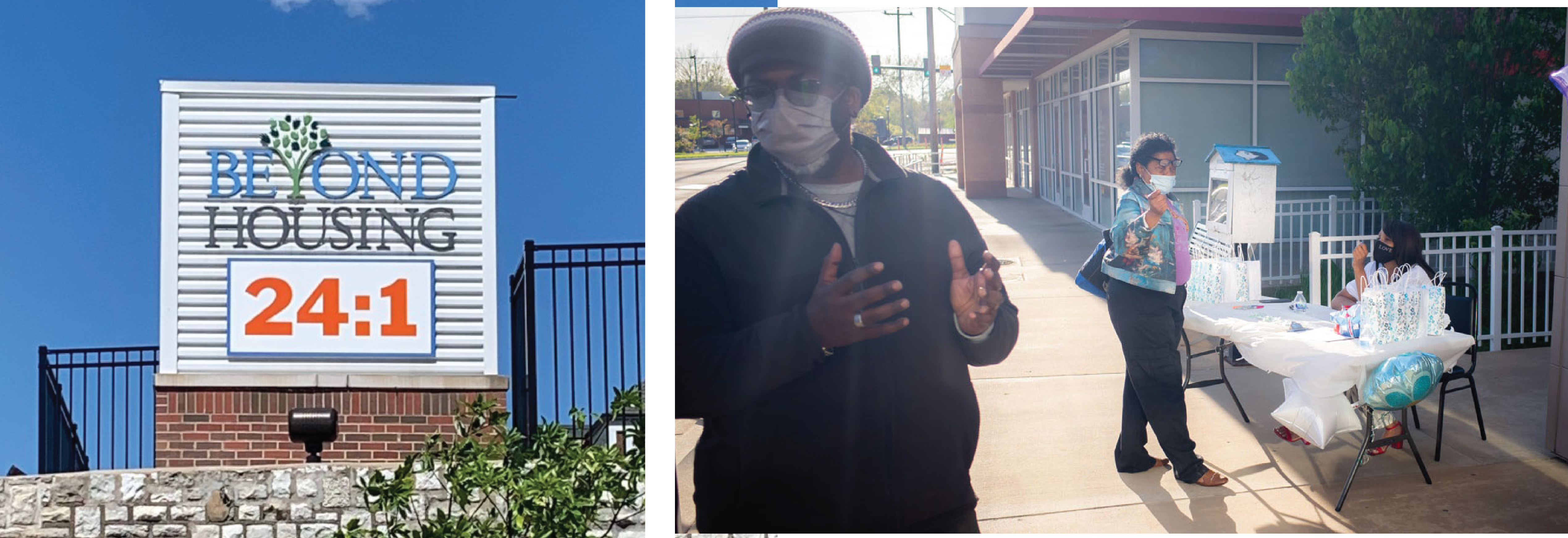
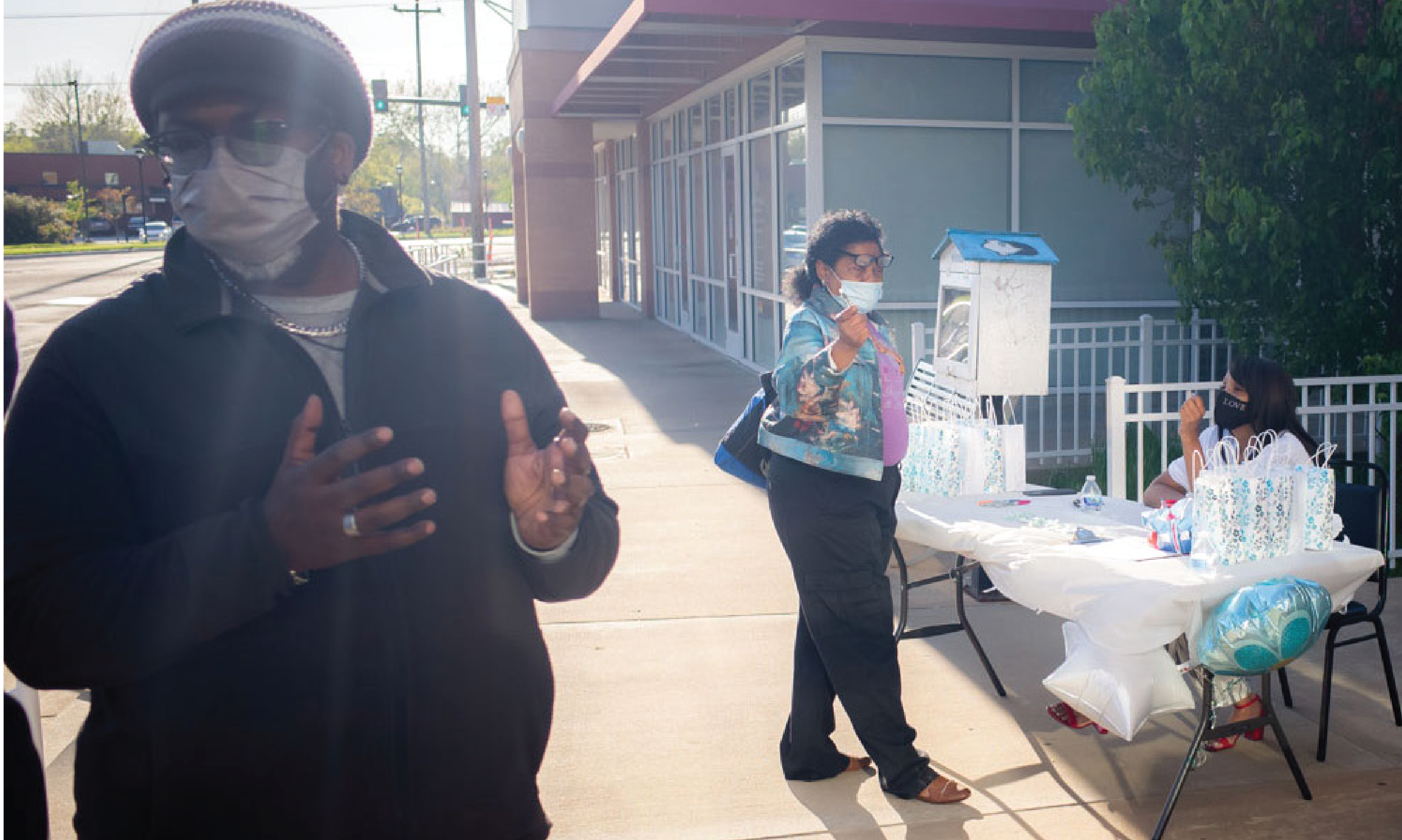
Throughout August and September, PGAV is leading the process of getting the 24:1 Land Use and Economic Development Plan adopted by the municipal governments as well as the St. Louis County Commission. They will ensure that noticing requirements are met and resolutions put forward correctly.
Once the plan is adopted, partners like Beyond Housing will be able to help implement different facets of it.
The decisions about where to locate key assets—like an automotive dealership—could prove difficult. But Hamacher is optimistic that the 23 municipalities are up to the negotiation. “Maybe one will get a new restaurant and another will get a new library instead,” she said. “The feeling that any addition is great for the whole 24:1 is one of the best outcomes of this process.”
Krehmeyer is likewise optimistic that these and other potential obstacles will continue to elevate the good work being done within the 24:1 footprint. “At the end of the day, these things just need to get done,” he said. “The leaders have to be willing to step out of their comfort zones—and they are. It is an amazing feat to bring all of these communities together for the collective good. It affirms that change is happening up here.”
And other communities within the greater St. Louis area are taking note. “Other municipalities have heard that this is happening in this part of the region,” Hamacher said, “and they realize that none of the smaller municipalities will win on their own, so maybe they should work with the next city down the road.”
This shows receptivity at a leadership level to the themes of the Once and for All effort. Because a region is only as successful as all of its communities—and can only progress so far while leaving significant portions of its geography and citizens behind—initiatives like the 24:1 Land Use and Economic Development Plan will go a long way toward creating a stronger, more prosperous St. Louis region—once and for all.